The Ideal Substrate For Indoor Vegetation Is:
It can be difficult to choose the right medium for indoor vegetation, but these pointers may assist you ensure that your indoor plants thrive in the soil they’re in. This article will be helpful because there are several alternatives to consider.
Keep in mind that every houseplant has unique requirements, therefore regardless of the type of ground they are growing in, if they are placed in an undesirable location, they may not flourish. Make sure you’re aware of what your crops require by always reading the tag on it.
Organic Matter For Houseplants:
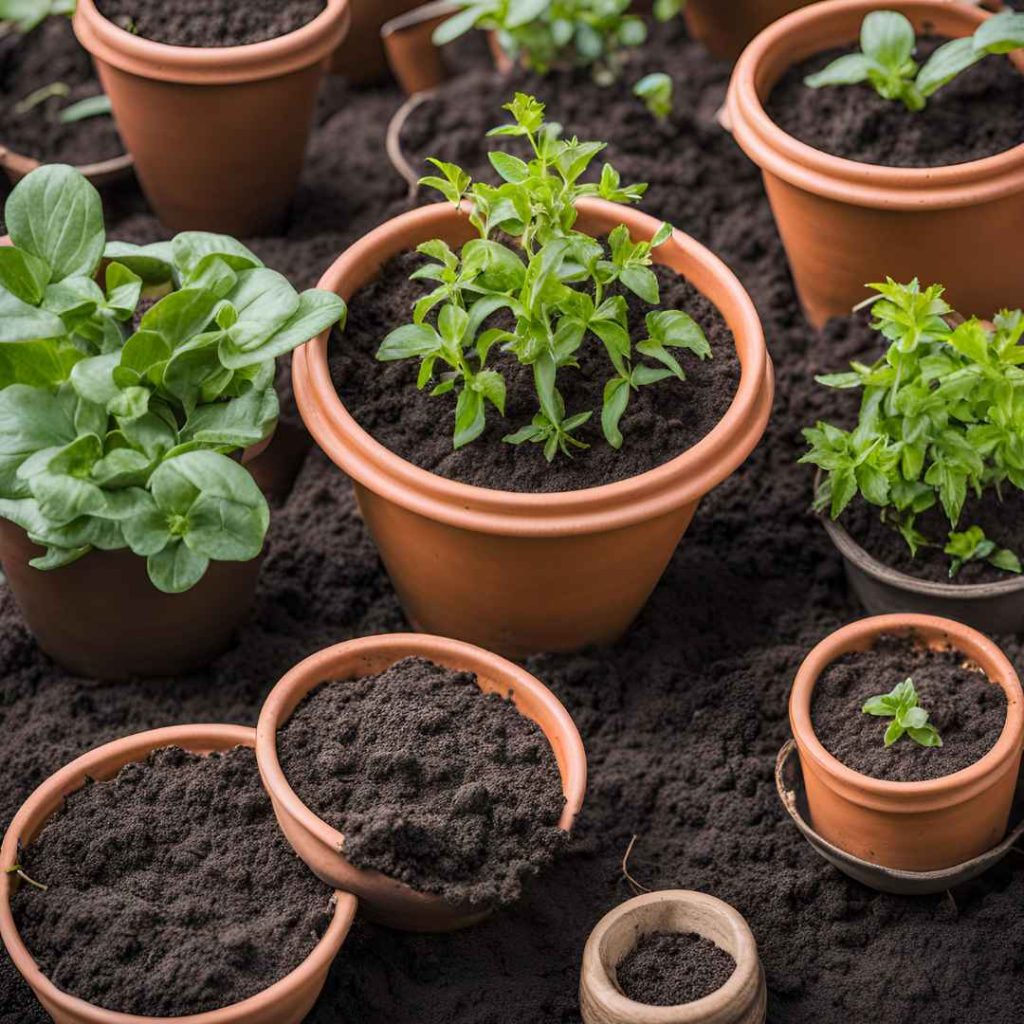
The most prominent and well-liked option is the in-store composting for houseplants. These will guarantee that the orchids in your residence receive the proper nutrients, adequately ventilated material, and an attractive container that is convenient to keep.
In addition to regular, general-purpose organic matter, you can get specialty formulations for mosses, and plants that consume food, herbaceous plants, cactus and succulent species, and a variety of additional vegetation. We also offer composting that has been particularly mixed for conservatory usage.
Mixture Of Perlite:
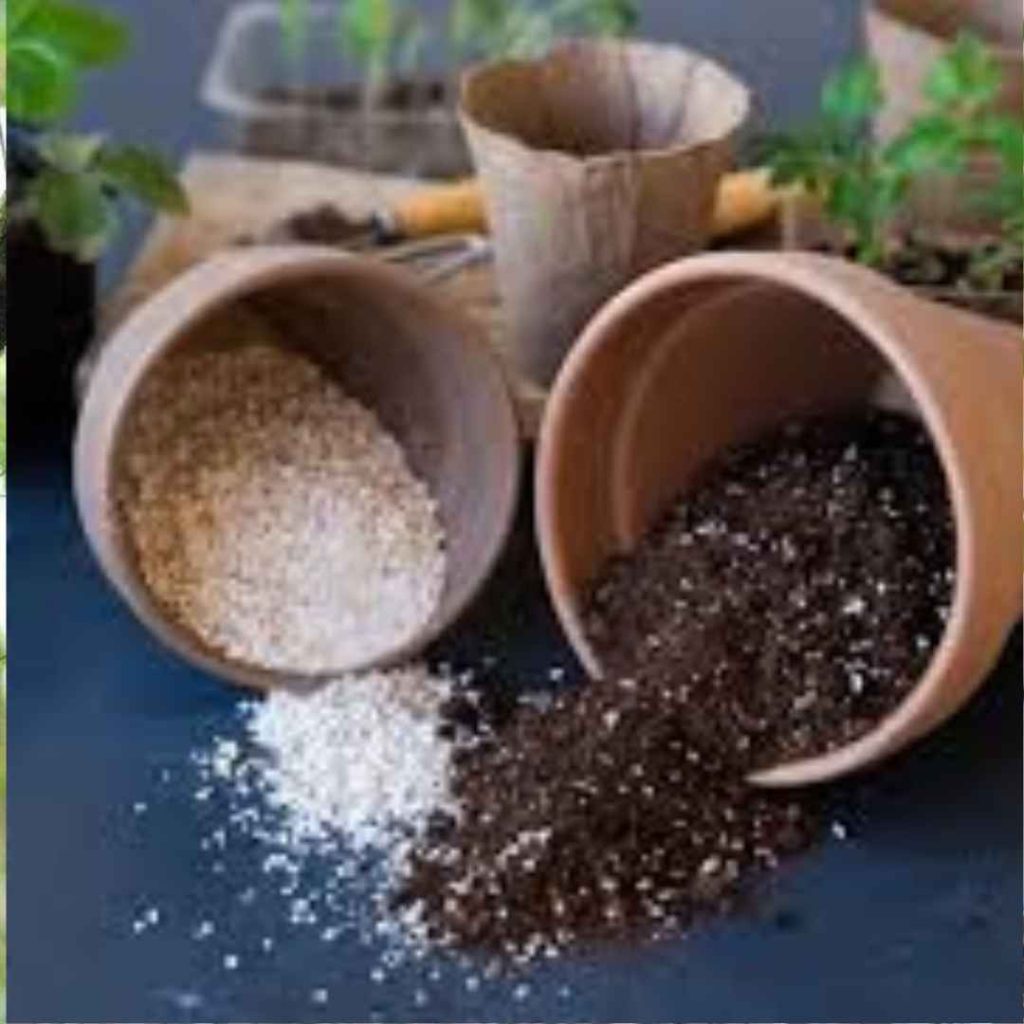
Indoor plants benefit greatly from perlite since it gives the underground portion of the plants an adequately drained and ventilated substrate. Most succulents require soil that drains properly. Perlite can be combined with composting or with gypsum and coco coir, respectively. It can be used in a variety of techniques, such as for propagating clippings.
Gravel In Horticulture:
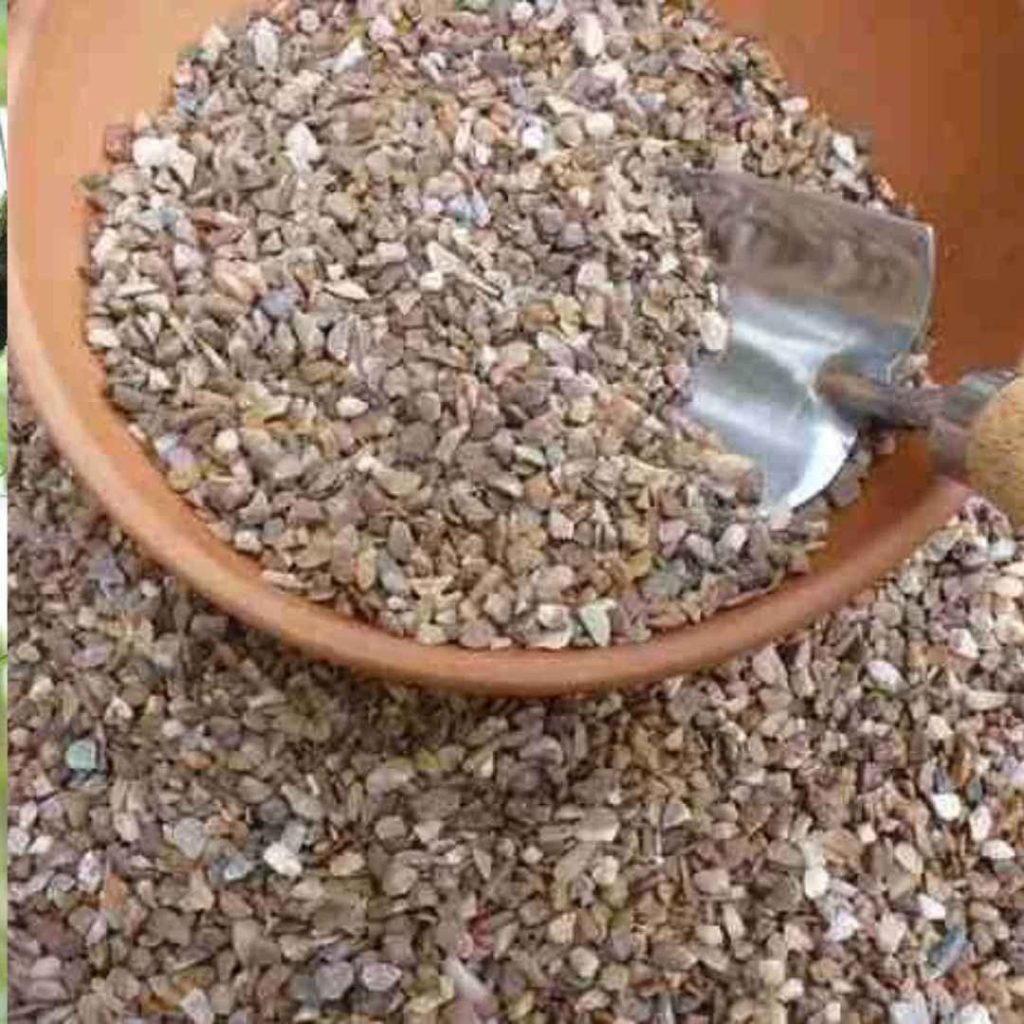
Using gardening grit or houseplant composting is a different approach to guarantee permeability. This can be particularly helpful for orchids and cactus that require excellent ventilation. Simply add agricultural grit to create granular loam that drains well. Your indoor plants will thrive and your gardening environment will be better as a result.
Pay Attention To The Topmost Portion:
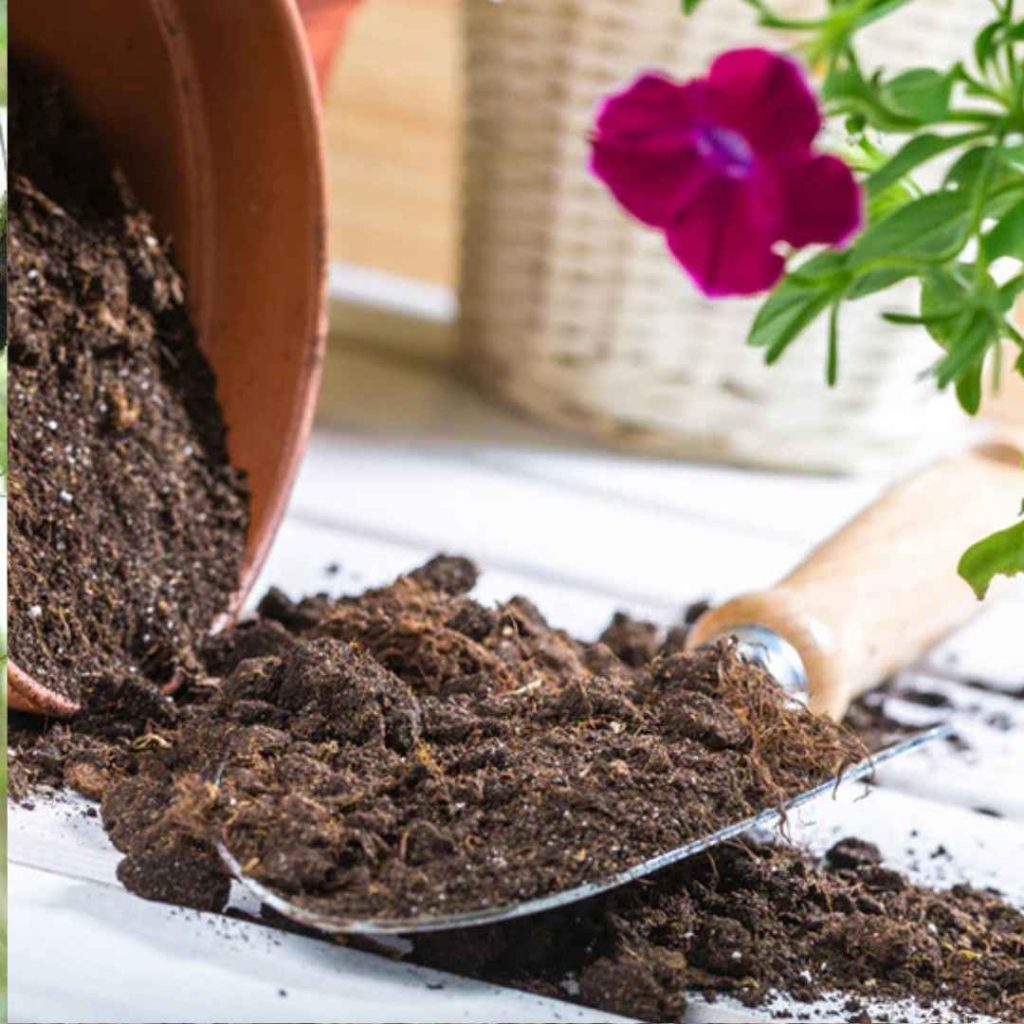
You must monitor the topmost covering of compost after you have transplanted your houseplant. The outermost coating of topsoil may turn white or develop tiny insects. Both wet and bad soil may be at blame for this.
In addition to boulders of virtually any sort or horticulture resilience, you can also use other materials like smashed seashells. You are welcome to seek assistance from the landscaping center’s representatives if you are having issues with your topmost covering. They may counsel you on the best course of action.
Restore Dietary Supplements:
For the initial six weeks, micro nutrients are present in most substrates. Your greenery will have used up every single nutrient in the freshly applied topsoil within the initial six weeks, so they might require more fresh ones.
The majority of vegetation doesn’t require annual replanting, and if they accomplish, it’s better to do them in the springtime. In the remaining months, give your vegetation a break for the colder months and start nourishing them once every seven weeks from springtime to summertime. This will guarantee that the soil receives the minerals and vitamins it needs to support the growth of your greenery.
Selecting Ideal Material For Confined Plants:
There is no one substrate mixing that is appropriate for all of your foliage buddies because every species has different needs when it comes to establishing circumstances. Does that sound difficult? Selecting planting material is made simple with these useful instructions.
Align The Components Of The Gardening Mixture To The Ecological Environment Of The Greenery:
Find precisely where indoor vegetation will develop naturally before selecting the substrate. Their identical development circumstances within the environment don’t have to be replicated.
Water, nourishment, atmosphere, and grounding are the four commonalities to keep in mind when cultivating plants indoors, even though every piece of vegetation is unique.
The material itself you choose should be able to retain sufficient humidity throughout irrigation without causing the root system to become submerged. Sustainability depends on the medium’s acidity equilibrium, and the vegetation needs to be capable of absorbing vitamins from the planting mixture.
The substrate ought to be sufficiently sturdy to sustain development but still light sufficiently to let the root system circulate. In order to assist you in selecting the best soil, we will walk you throughout the characteristics of a few popular gardening solutions.
Planting Soil For External Use:
Avoid assuming that your houseplants will thrive in an outside environment. The primary issue is that this material is very substantial, in addition to the fact that it contains seedlings, insects, and microorganisms that expose your plants to illnesses and infestations. Your indoor plants may suffocate in their containers due to root rotting caused by outside topsoil that doesn’t evacuate as well or let the soil around them air out.
Multipurpose Soil For Plants:
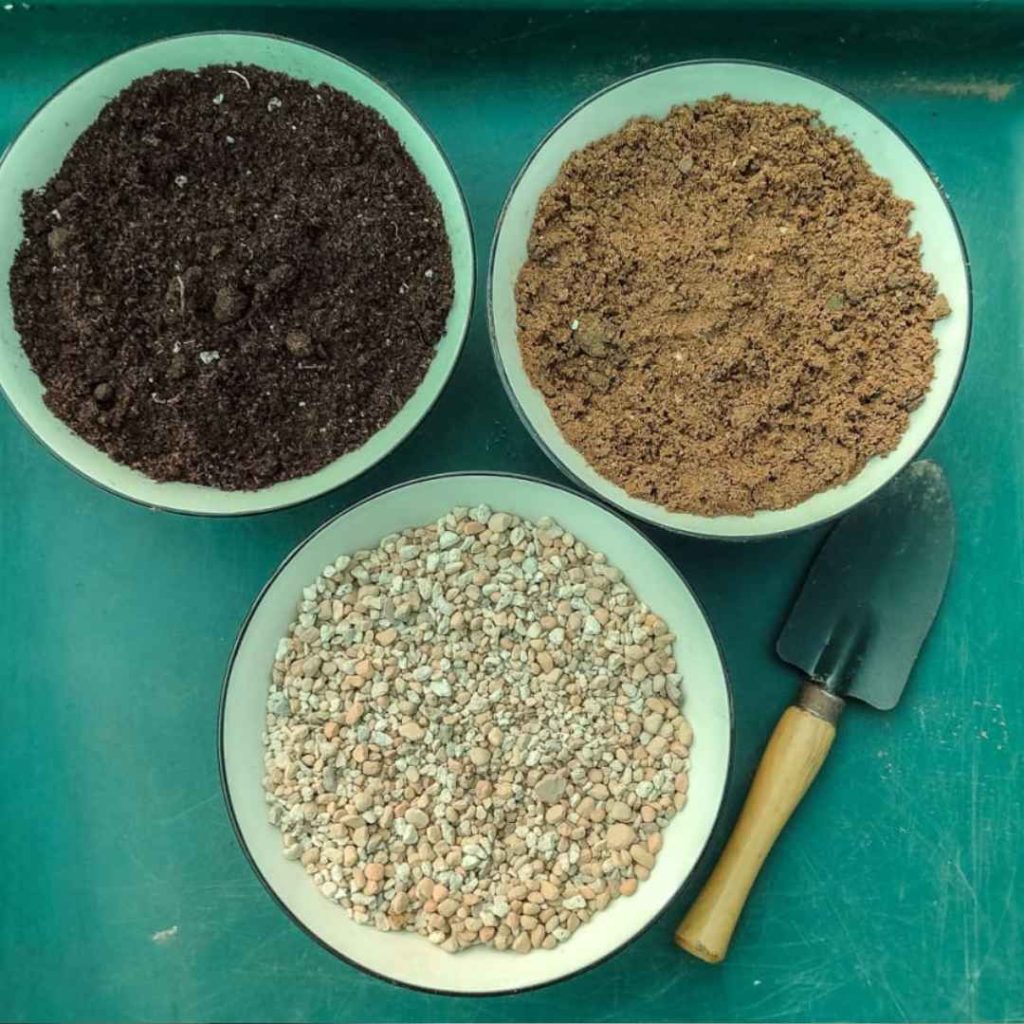
A general-purpose mixture is a good option if you’re having trouble deciding what kind of substrate should be utilized for your succulents. An appropriate balance should have sufficient substance to produce easily-breakable clusters and be puffy and lightweight than the soil above.
Although this fluffy gardening mix retains a certain amount of water, it sewers effectively to prevent damp conditions. In addition to being productive and typically having a pH that is relatively unbiased, these combinations additionally incorporate unique elements that help houseplants thrive in receptacles.
Mixture Of Epiphytes:
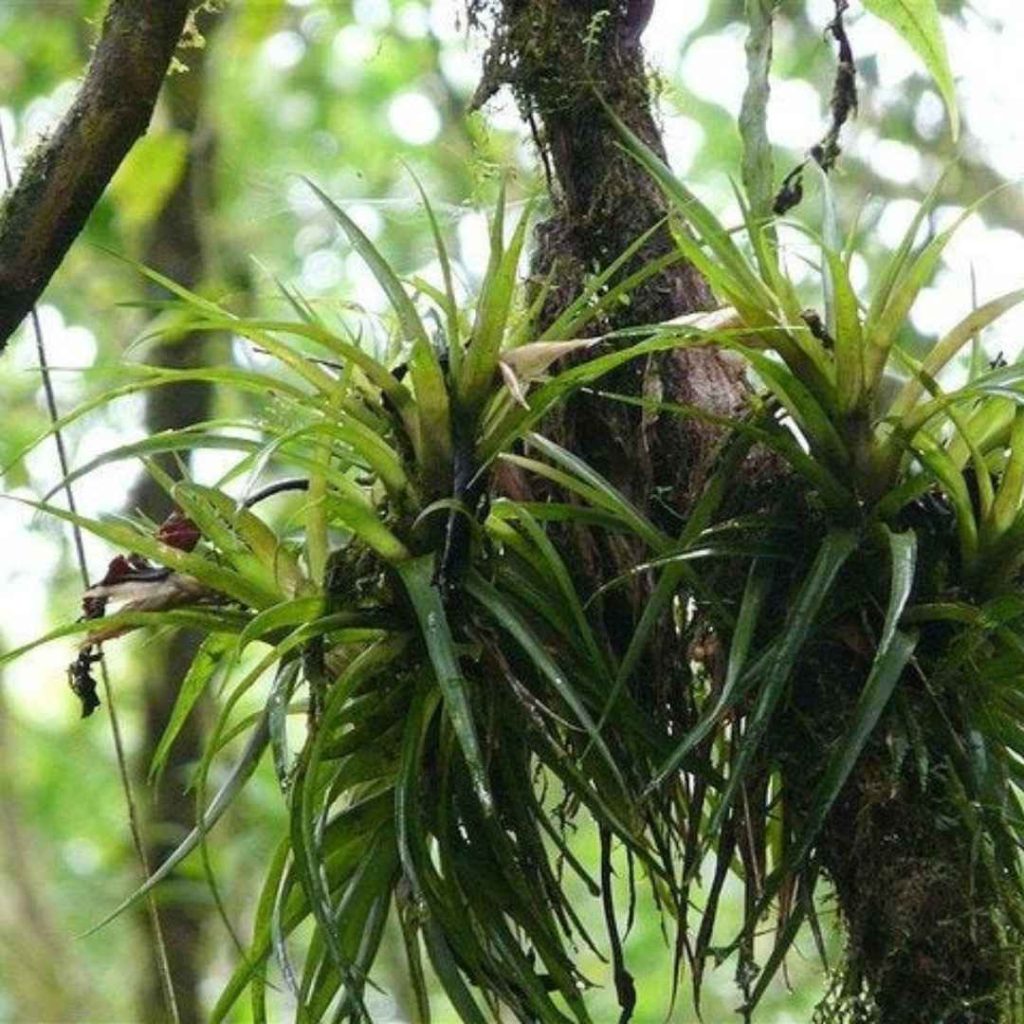
Instead of growing in substrate, epiphytes are vegetation that develop atop other vegetation, typically treetops. They take up nourishment from the surrounding biological waste, rainfall, and atmosphere.
Orchid species and other weak-rooted epiphytes require construction and ventilation to thrive as seedlings in order to mimic these particular circumstances in nature. They favor low-fertility, pH-alkaline soil, and timber frequently makes up a significant portion of these gardening mixtures.
Particularized Mixtures:
You might stumble upon specific varieties of soil and other plants at your neighborhood gardening retailer. Even among a single genera, several kinds of houseplants can be grown in various soils. Avoid being consumed by the options. Although these mixtures can be handy, creating a customized, personalized topsoil is not too difficult.
